Bushbaby
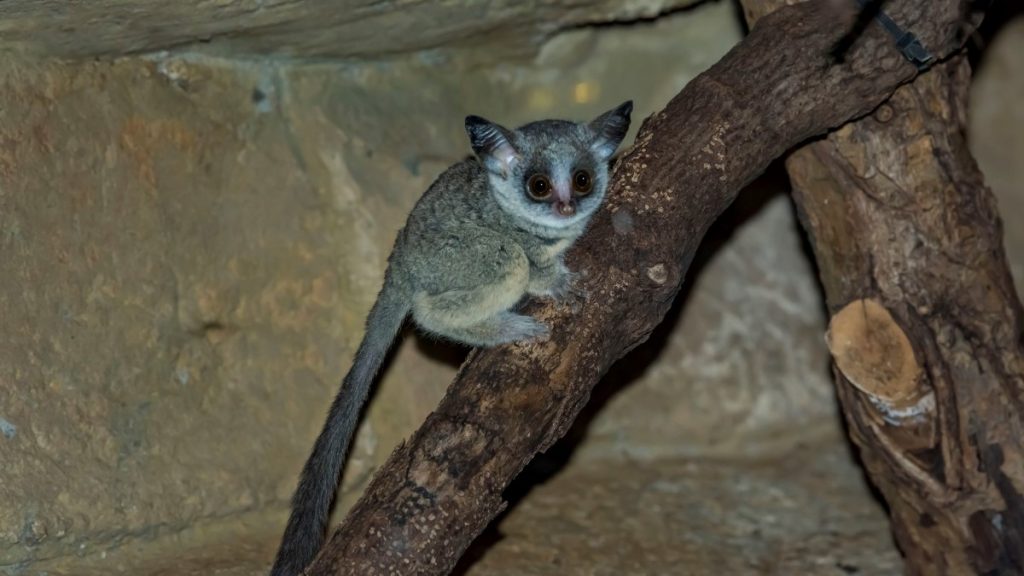
Bushbabies are nocturnal arboreal primates that live in trees. They’re named for their call, which sounds like a human child crying. Proportionate to body size, bushbabies have the largest ears of all primates — and their ears can even move independently of one another.
Prevost’s Squirrel
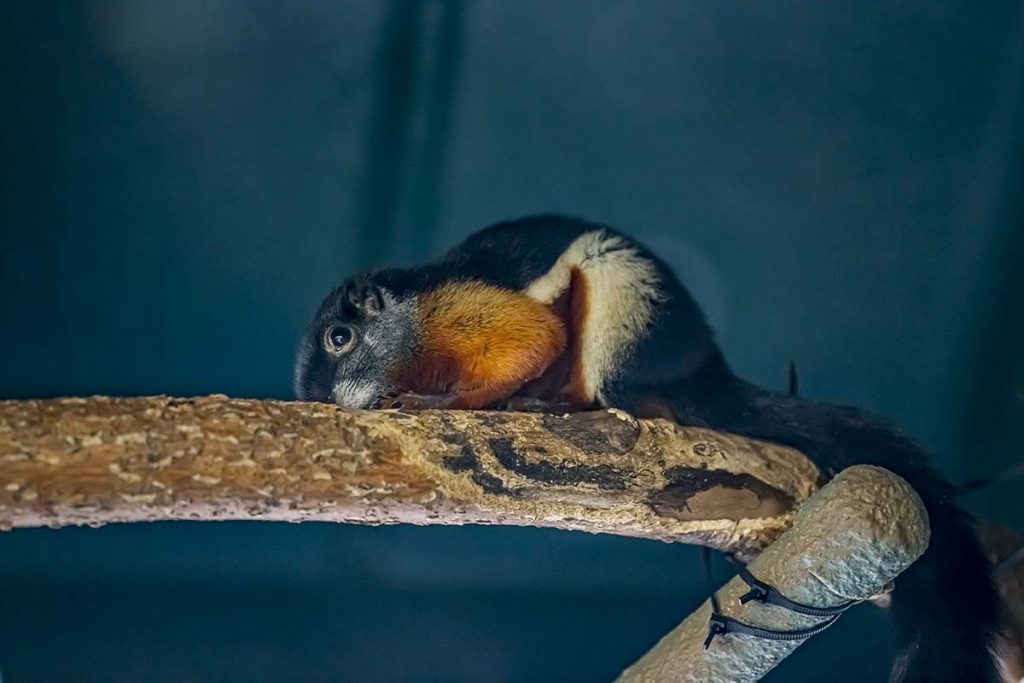
Prevost’s squirrels play an important ecological role in their forest habitat. They eat an assortment of seasonal fruits and disperse undigested seeds in their waste as they travel through the forest. The seeds sprout away from the parent plant and increase the survival of fruiting plant species. Like all rodents, their teeth never stop growing! […]
Prehensile-tailed Porcupine
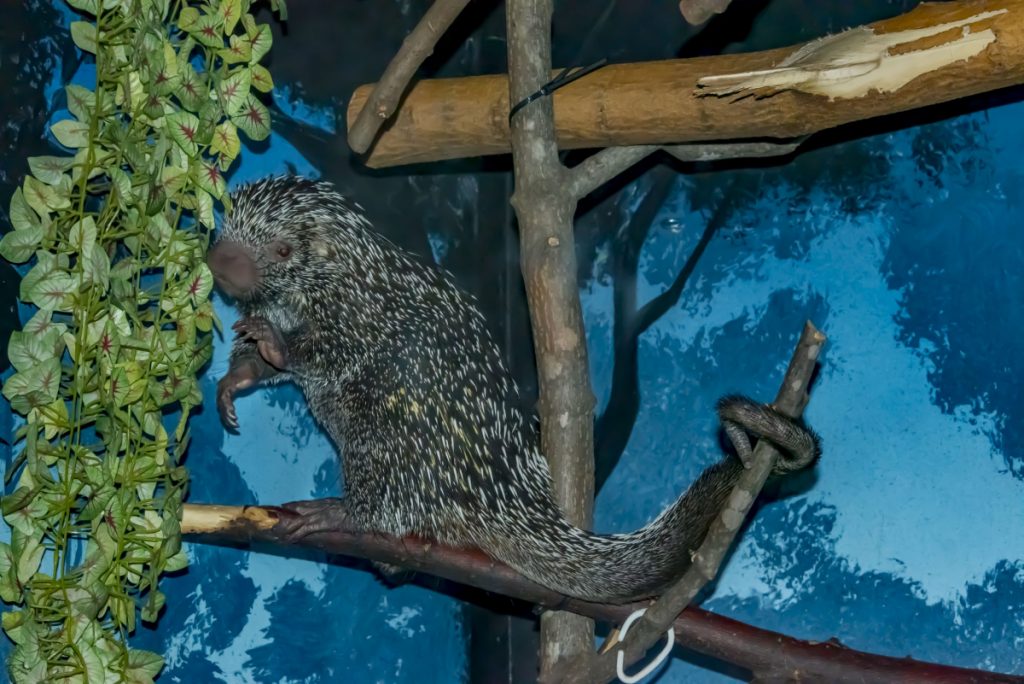
Prehensile-tailed porcupines are arboreal animals, spending most of their time in trees. These porcupines are also nocturnal, and are known to move to a new tree each day. The species is named after their prehensile tails, which they use for grasping and hanging in trees.
Southern Three-banded Armadillo
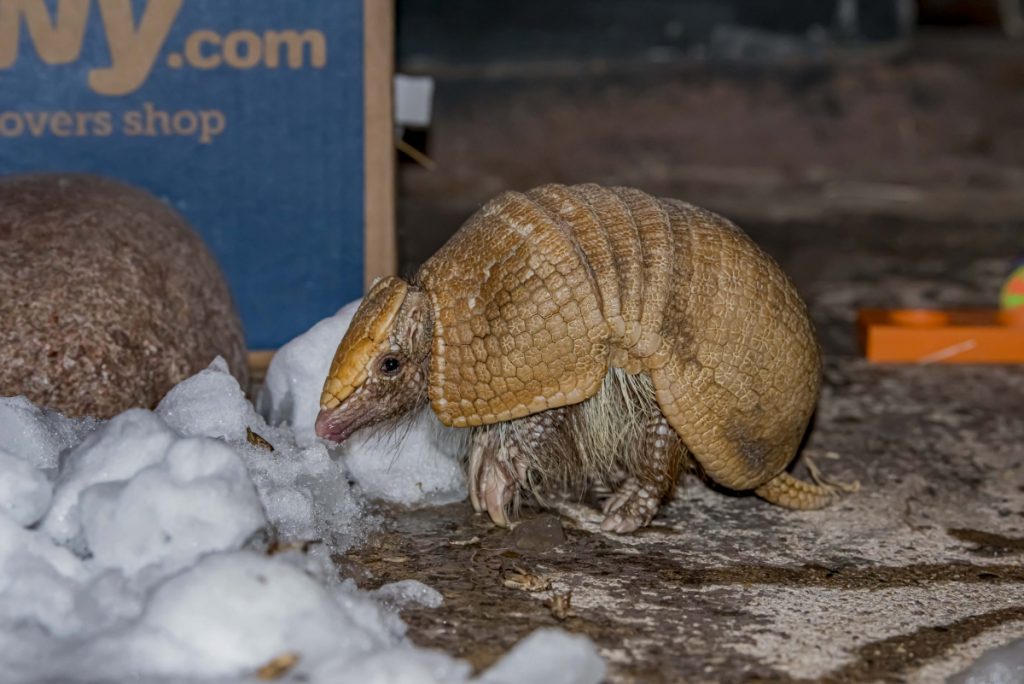
The only armadillos that can completely enclose themselves in their own shell by rolling into a ball. When threatened, they roll up into ball, leaving only a small opening between the shell edges. If the animal is prodded through the opening, it quickly snaps fully shut like a steel trap.
Straw-colored Fruit Bat
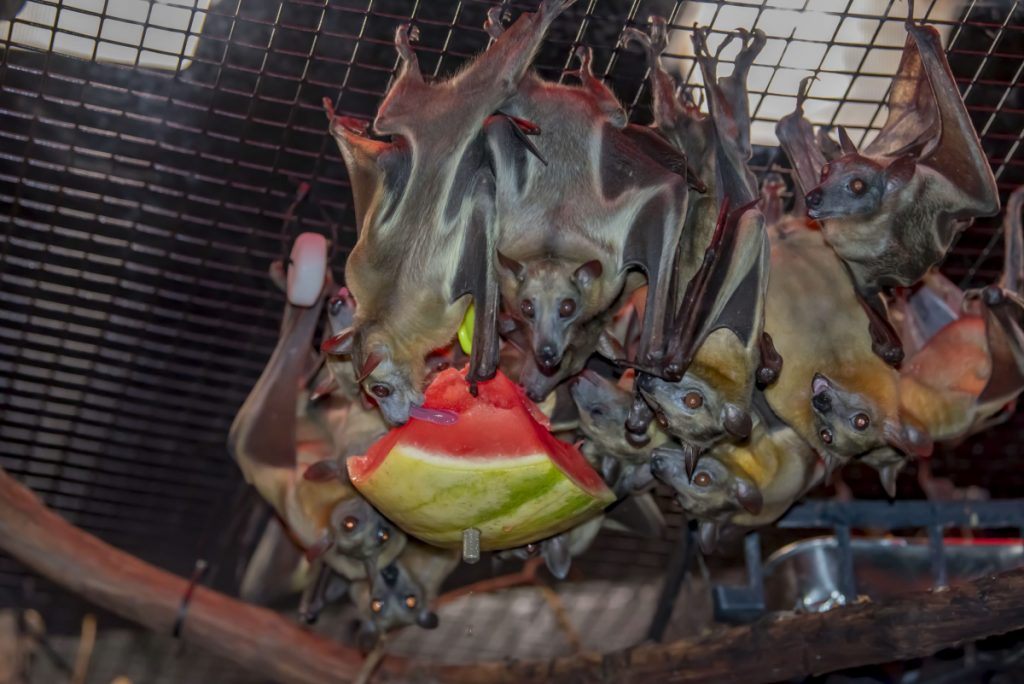
The wingspan of a straw-colored fruit bat is 30-36 inches. Their wings are long and narrow, allowing them to fly long distances and not expend too much energy from flapping.
Dwarf Mongoose
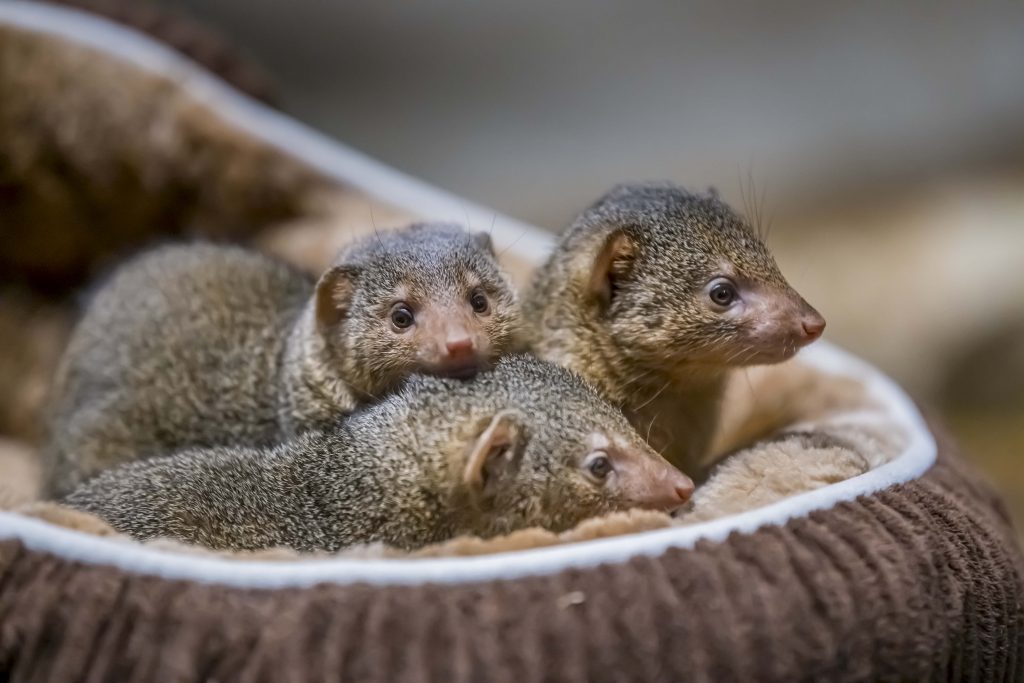
Fighting is very rare in the dwarf mongoose society. Sub-adults commonly care for the young while the adults go foraging for food. When members of the pack are apart, they keep in constant contact with a series of twitters and whistles.
North American River Otter
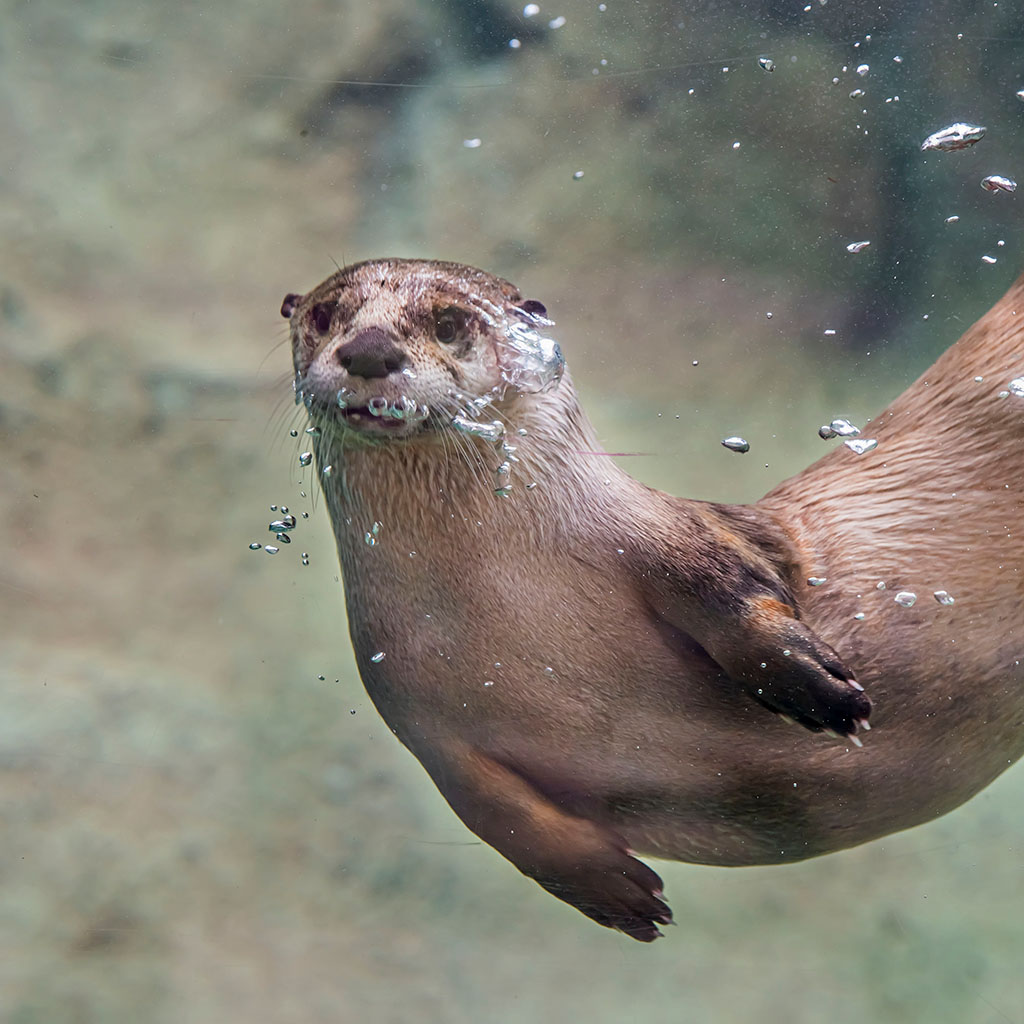
Though they live on land, they are well adapted for life in rivers and streams. Built for swimming, river otters have a streamlined body, short legs with webbed feet, dense fur that keeps them warm, a tapered tail, and small ears and nostrils that can close underwater.
Hoffmann’s Two-toed Sloth
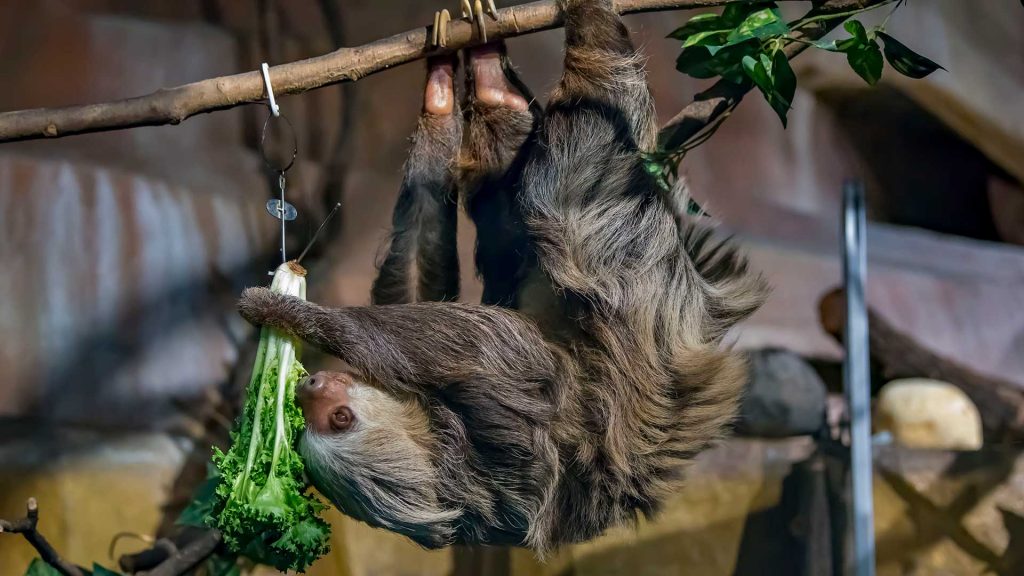
Almost entirely arboreal (tree-dwelling) creatures, two-toed sloths live high in the forest canopy of tropical rainforests. They can be found resting in the crowns of trees or the lianas (woody climbing vines) that are interwoven throughout the canopy treetops.
Cotton-top Tamarin
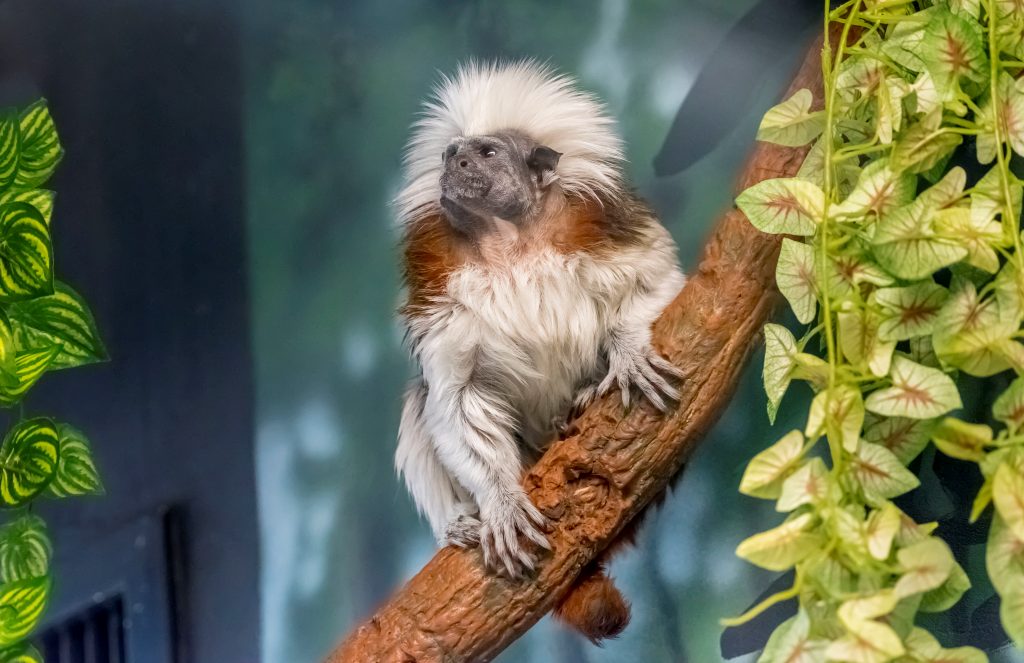
Cotton-top tamarins spend a considerable amount of time grooming throughout the day during periods of rest (grooming is a social tool to create and maintain bonds between primates). Also, the brain of a cotton-top is proportionately larger than a human brain.
Fennec Fox

The fennec fox is the smallest of all the world’s foxes. The ears of a fennec fox can measure to be roughly 6 inches. Living in the desert, the fennec fox is able to go long periods without water.